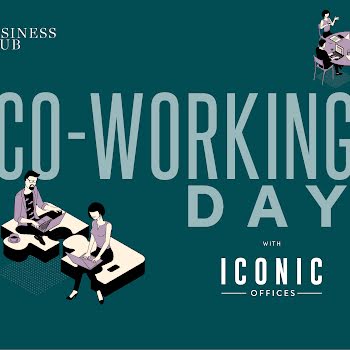
By IMAGE
24th Feb 2017
24th Feb 2017
Financial worry is one of the most common reasons preventing career change. Leaving your financially secure job without a plan is a psychological burden that brings stress. On the other hand, keep doing what you are doing and nothing changes. To make a’successful career change, you must break the sequence by planning your exit. Stay in your job but start to design your own career success by following these seven practical tips.
Bolster Your Savings
If you’re serious about a career change, the time will come when you must commit to quit. If your finances are the only reason holding you back, address this immediately. Pay off any loans or credit card bills you have, cut back on all non-essentials and plan to save regularly. Set up a direct debit and save a small amount every week, increase it when you can. Once you have enough savings to pay your bills, for three to six months, it becomes both practical and possible to leave your job.
Dream Big
Forget about what others say or think. This is your dream; this is your career and your future. Ask yourself, ?What career would I want if I won the lotto?? Buy a notebook, open up a draft email, draw a sketch – do whatever works for you, but the important thing is – physically record how you want your future career to look. What type of career do you dream about? What are the important aspects of your new career? What would you like to achieve? Be specific about the details and take note.
Craft an Exit Strategy
Once you understand your dream have a heart-to-heart with yourself. Ask yourself the tough questions. How determined are you to make a change? What will/can you sacrifice? What is your timeframe? What personal factors are at play? What qualifications do you need? These are the details you need to incorporate in your plan. During this stage look for support, speak to a mentor, a career specialist, a coach or contact your LEO to identify people who can support you.
Up-skill or Re-skill for Free
A new career means up-skilling or re-skilling. Enrol in a free online course with www.futurelearn.com or www.edx.com. These courses last 4 – 6 weeks, run by universities in Europe and the US (including Stanford, MIT & Harvard) in a range of career-specific areas. For free, without commitment, and at a time that suits you get insight into your future career. If you enjoyed the taster course, you are on the right track. So begin to research where and how you can study for the more significant professional qualification you need.
Build Experience – Intern
Not easy when working full-time but if determined you can find time. Some use annual leave; others volunteer while others commit to a part-time job to build experience. It might be possible to work a four day week or go on job share. Whatever works, but ensure you spend your extra time interning. Not only will you learn skills, but you show your commitment to your new role, while also meeting prospective employers.
Network, Network, Network?
If you want to make a career change, networking is key. Get your own business cards, introduce yourself to people, talk to anyone willing to listen and explore your new industry. Go along, but alone, to the IMAGE Networking Breakfasts or the IMAGE Mentoring Workshops, join a local meetup group, or join the library. Not alone will you learn but you will gain confidence and surprise yourself at the opportunities networking opens up.
Cushion the Jump
Become a side-trepeneur! Working full-time in your current role while spending your spare time building your personal brand. Create a social media profile that displays your commitment to, interest in, and knowledge of your new career. Share interesting articles, write a blog, engage in conversation and keep up-to-date with industry trends. Through social media position yourself as somebody with interesting, relevant insights, who knows their subject. Build your personal brand through your digital presence and prospective employers will love your initiative not to mention your 21st century digital CV.























